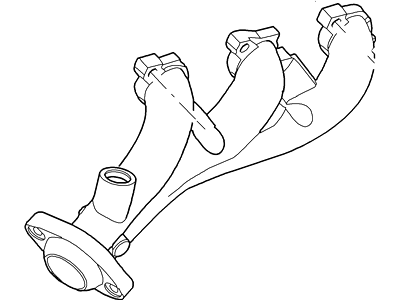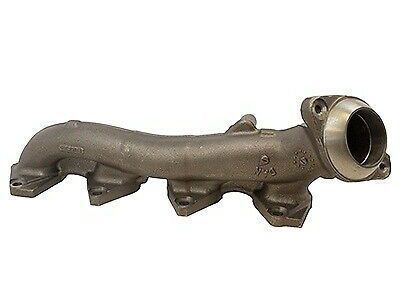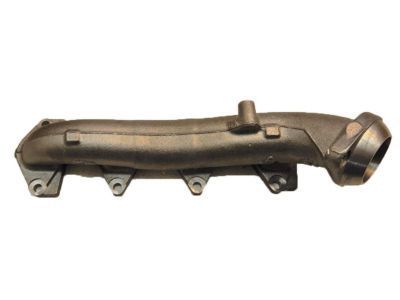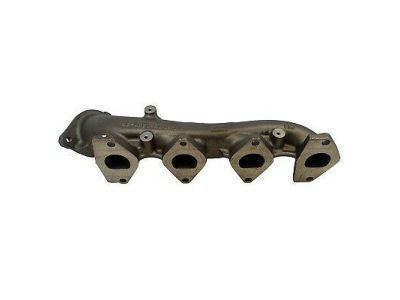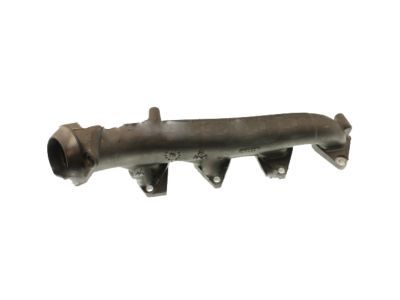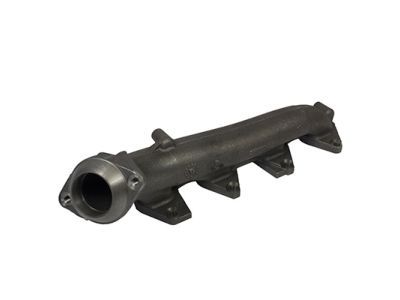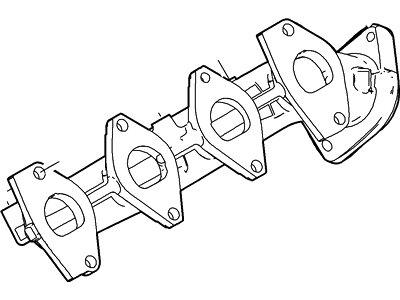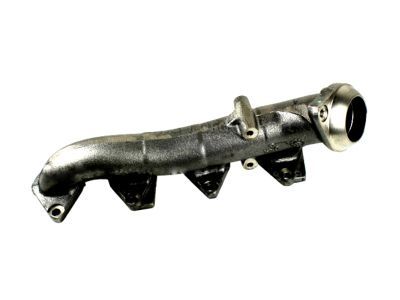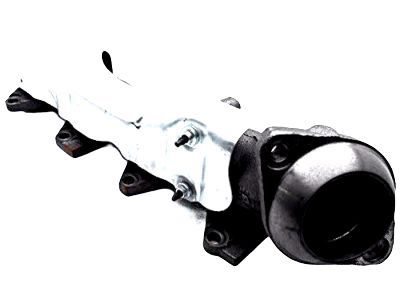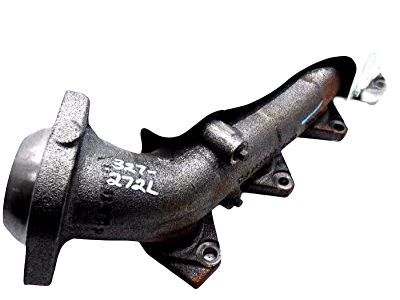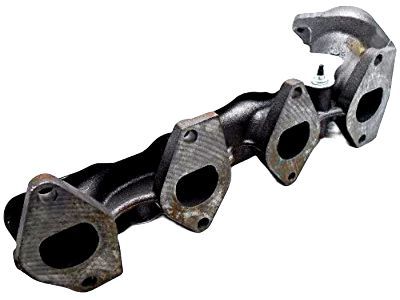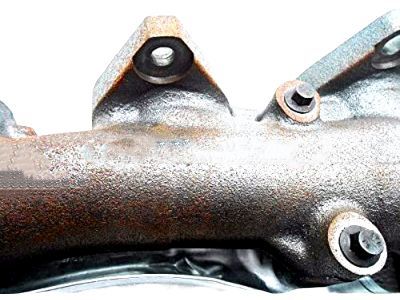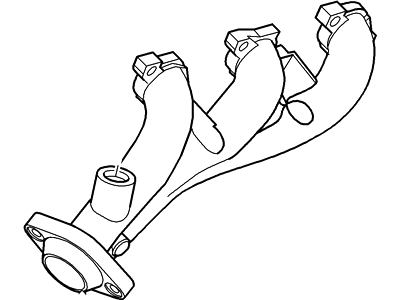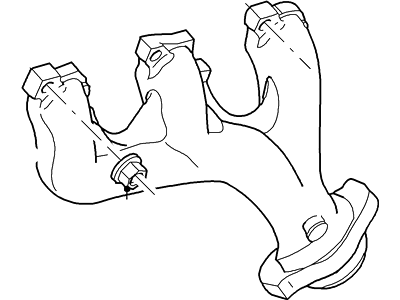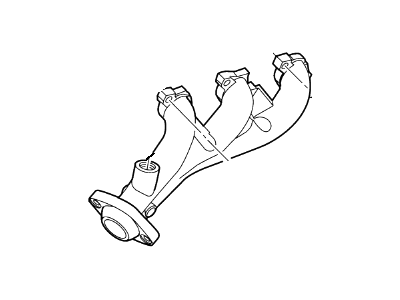

My Garage
My Account
Cart
Genuine Ford Explorer Sport Trac Exhaust Manifold
Engine Exhaust Manifold- Select Vehicle by Model
- Select Vehicle by VIN
Select Vehicle by Model
orMake
Model
Year
Select Vehicle by VIN
For the most accurate results, select vehicle by your VIN (Vehicle Identification Number).
8 Exhaust Manifolds found
Ford Explorer Sport Trac Exhaust Manifold Assembly
Part Number: YU3Z-9430-AA$275.77 MSRP: $421.67You Save: $145.90 (35%)
Ford Explorer Sport Trac Exhaust Manifold
The Exhaust Manifold of Ford Explorer Sport Trac vehicles has the main function of channeling hot exhaust gases from the engine to the exhaust system in order to achieve the vehicles' optimal performance. Sitting at the top most point of the exhaust system, a manifold acts to gather exhaust from several cylinders with the help of catalytic converter and muffler. Intake reversion is greatly avoided by this design, a factor that would affect the efficiency of an engine. For many years now, the Ford Explorer Sport Trac has incorporated diverse designs of exhaust manifolds which are ordinarily constructed from cast iron or stainless steel. There are options known as headers, made to eliminate flow resistance and improve performance by means of increasing velocity of the exhaust gasses. The overall distinction between these two styles mainly depends on the construction materials and the performance potential with headers being more manaufacture efficient than the standard manifolds. Caretfully maintenance of the exhaust manifold is very critical with an aim of avoiding Ford explorer sport trac poor performance and also protecting the passengers inside the car.
We provide a wide range of Ford Explorer Sport Trac Exhaust Manifold at the best prices possible. If you need Ford Explorer Sport Trac Exhaust Manifold, you can shop with confidence on our website. All our OEM parts come with a manufacturer's warranty and are delivered to your door step with a fast delivery service.
Ford Explorer Sport Trac Exhaust Manifold Parts Questions & Experts Answers
- Q: How to remove and install the exhaust manifold in 4.0L pushrod V6 engine on Ford Explorer Sport Trac?A:To remove the left exhaust manifold, first, remove the oil dipstick tube bracket from the engine and, on models manufactured after 1997 remove the exhaust gauge air (EGA) tube from the exhaust manifold, and the EGA valve. If the power steering pump hoses interfere with manifold removal, unbolt the hoses from the pump; put caps on the fittings to keep dirt out; and move the hoses clear of the way. Again for the right exhaust manifold, remove the heater hose bracket and relieve the pressure from the heater hoses. Third, one needs to remove the exhaust pipe from the manifold(s) that might include using a wrench to loosen up the exhaust pipe nuts, hence may involve lifting the car and placing it on stands to access the exhaust pipe joints. Make sure, if the vehicle has Automatic Ride Control, the air suspension switch is off before lifting the vehicle to prevent the damage of system components. Take out all the bolts and then proceed to take off the exhaust manifold off from the Cylinder Head. During installation assemble the exhaust system cleaning the mating surfaces on the cylinder head, and exhaust manifold as well as exhaust pipe with a scraper and solvent. Spread graphite grease on the cylinder head mating surface, fit the manifold to it and tighten the bolts taking care to apply equal force so that they are tightened to the correct quantity of torque. Most of these engines can be assemble without the exhaust manifold gaskets, provided the mated surfaces are flat and in good condition; warped or damaged manifolds may require a gasket or re-surfacing which are available locally from auto parts stores. After that you ought to join the exhaust nipple to the exhaust manifold and the nuts should be tightened up to the recommended torque. Other steps of installation are the reverse of the removal and if its heater hoses were disconnected then fill the cooling system. Last of all, start the engine and look for exhaust noted leakages.
